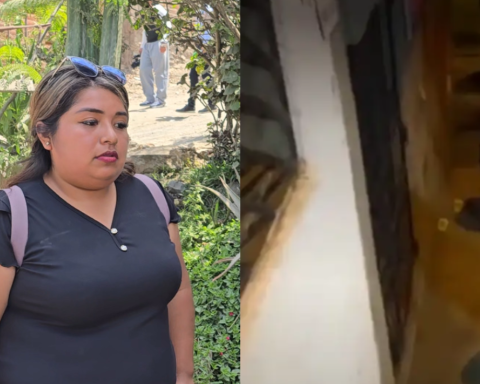Shortly after commemorating the International Women’s Dayit was known that the salary gap grew by almost 30% within the urban area during 2021, according to the National Institute of Statistics and Informatics (INEI).
“Despite the fact that women and men perform work of the same value, they were the ones who received approximately S/ 400 less (27.9%) compared to the previous year. The salary gap has grown by almost 4 percentage points compared to 2020. There are fewer women working and when they participate economically they do so in informal and part-time employment, obtaining less total income” explained María José Gómez, director of the Forge Foundation for Peru and Colombia.
Women are also the ones who have the fewest opportunities in the formal sphere of the sector, since only 2 out of 5 formal jobs are occupied by them. However, formal employment decreased more for men than women with a margin of more than 70,000 positions nationally during the previous year.
SIGHT: Streamer was broadcasting live and managed to capture the first words of his 8-month-old baby
The specialist on issues of the gender labor gap specified that “women are less likely to get a formal job, since the demand for care and domestic work in the home has a very high burden that makes it difficult to schedule formal jobs on time full”
Unemployment in women (6%) continues to be higher than that of men (4.7%) with a variation of 1.3 percentage points. “The hiring of women has slowed down for fear that due to the needs of attention and care at home, they will leave their jobs”, Gomez specified.
The employment situation of women in Metropolitan Lima is similar, since the group that has adequate employment (6.1%) recovers more slowly than that of men (14.7%) during January of this year.
Faced with this, the specialist recommends promoting a public care policy that can help women with the people they are in charge of, such as children and the elderly, to accelerate their recovery in terms of employability.


















